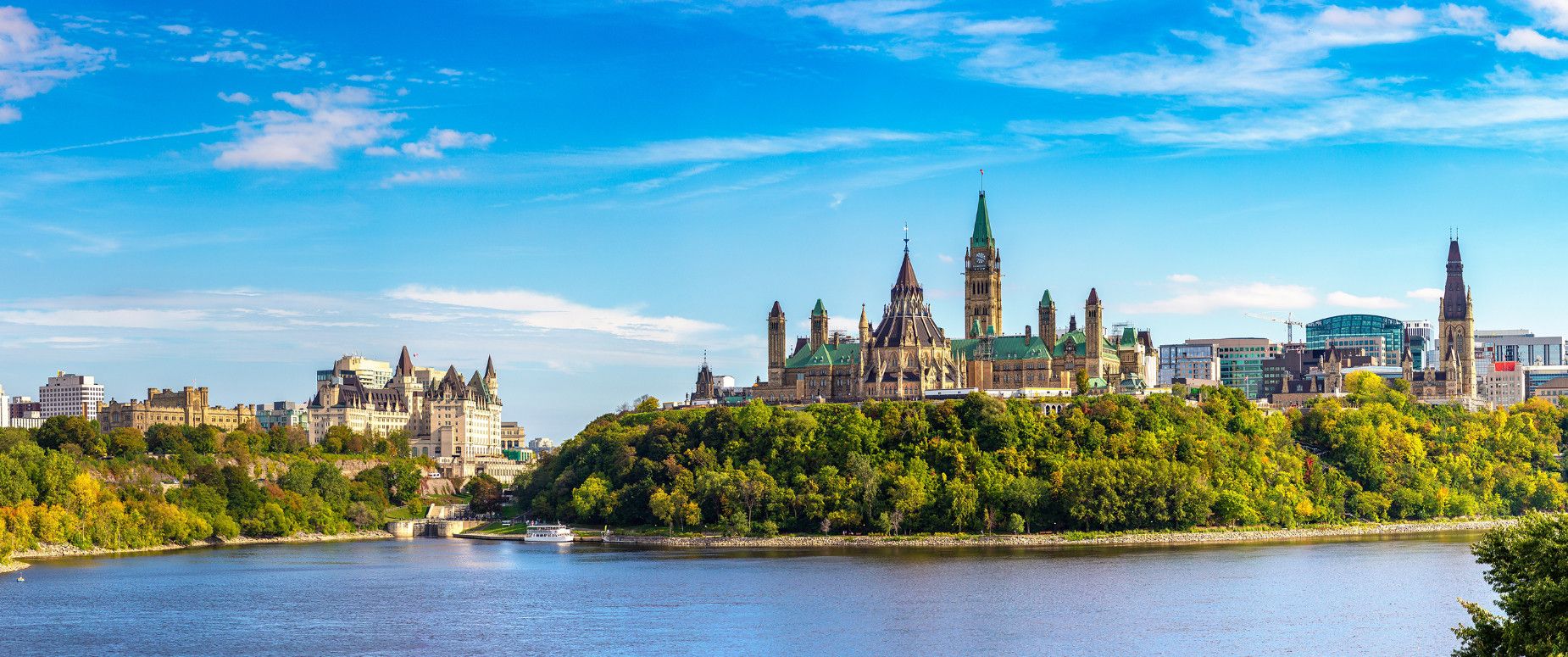June 24, 2025 | Sara Maginn Pacella |
Employees are the lifeblood of any organization. They are directly responsible for revenue generation, customer growth and satisfaction and delivering an organization’s mission. Which is why so many companiesare making employment engagement and satisfaction a strategic priority. Human capital management (HCM) professionals play a vital role in these strategies, including building effective employee incentive plans.
HCM Podcast
Produced with Google Notebook LM Using AI Narration
What is an incentive plan?
An employee incentive plan encourages staff to meet specific goals or targets. Effective incentive plans boost morale, improve staff retention, attract top talent and lead to a more productive workforce.
How do you design an effective employee incentive plan?
When building an employee incentive plan, Indeed.com recommends:
- Identifying organizational and employee goals by speaking to senior leadership about key strategic objectives, connecting with staff to see what types of rewards will be most motivating and checking back regularly for feedback from all individuals involved to fine-tune incentive programs;
- Building incentive programs that reward performance that supports overall business goals;
- Creating programs that are fair, inclusive and consistent and do not favour one team or department over another; and
- Communicating about the program to ensure awareness and buy-in from staff.
” Businesses, large and small, can offer incentives and employee rewards that will motivate teams on a variety of different budgets. Incentives can involve payments or other non-financial benefits. ”
What types of incentives can you offer?
Businesses, large and small, can offer incentives and employee rewards that will motivate teams on a variety of different budgets. Incentives can involve payments or other non-financial benefits.
Examples of incentive plans that include rewards are:
- Public recognition and award programs, including celebratory emails to the entire organization;
- Referral programs;
- Education reimbursement, bursaries, paid professional development and training;
- Additional paid time off (e.g., birthdays off);
- Flexible work hours (including summer hours or half days before holidays):
- Health and wellness benefits (like gym memberships, in-house fitness classes, bike- or walk-to-work reimbursements, healthy office snacks or meals);
- Performance bonuses and raises;
- Profit sharing and stock options;
- Choice of high-profile projects;
- Option to select a personalized reward or gift card;
- Company-branded swag;
- Tickets to events;
- Preferred parking spots;
- Personalized thank-you letters or certificates;
- Paid sabbaticals;
- Bring your pet to work days;
- Home office supply stipends;
- “Work from anywhere” weeks during set times of the year; and
- Monthly raffles for prizes among top-performing employees.
Don’t be afraid to get creative
Well-timed gift cards and other rewards can help motivate staff. Shai Mandel is the Founder and President of Rooks to Cooks, a youth-centred cooking school and camp program with branches throughout the Greater Toronto Area. She told HCM Dialogue the day she started Rooks to Cooks, she launched the company’s incentive program and a staff bonus plan.
Here’s what that looks like: at the end of the summer, the Rooks to Cooks branch that receives the highest percentage of customer feedback surveys, social media, and Google Reviews receives an all-expenses-paid spa day.
Not only does the incentive program motivate staff to seek feedback from guardians of campers, Mandel says, it demonstrates to customers that the company values their insights on what is done well and what could be improved. This fosters a sense of comradery among individual branches, enhancing team building.
Mandel adds: “The incentive plan is designed to create a ‘win, win, win’ scenario for all involved by connecting staff to the mission and rewarding them for their hard work because they all truly need a spa day after running programs all summer long. Program participants and their parents who filled out feedback surveys are entered into a lottery for a free week of camp, and the organization benefits from the feedback as a means to continuously improve camp programming, boost online visibility and search engine ranking and help garner trust and credibility among the families of prospective campers.”
Customized rewards
When building a plan, recognize that rewards are not one-size-fits-all and can take some trial and error. Different employees value different rewards. A meaningful effort by managers to listen to what employees want and create personalized rewards can take more time, but it truly shows someone that their contributions matter. Customization, care and effective record keeping will ensure that a vegetarian employee doesn’t receive a gift card for a steakhouse to thank them for a job well done, for example.
Understanding your staff’s preferences, hobbies, interests and dietary restrictions can be a super-power for smaller businesses, even on a budget. Years later, a law clerk who burned the midnight oil on a high-profile case still talks about how her boss thanked her for a job well done by purchasing premium football seats for her to enjoy with her husband when they were on vacation in Manchester.
Tips for effectively communicating incentive plans to employees
How can employees be expected to achieve incentives if they are unaware of them? If incentive and rewards programs are confusing, ambiguous, inconsistently implemented or difficult to understand, they may create more frustration than motivation. Ensure that people understand the goals, rules and criteria and how these objectives align with organizational goals.
Communicating these programs just once to employees will not get the buy-in you are looking for. Consider advertising’s “rule of seven,” which states that a person must hear a message at least seven times before acting on it. While there is no rule that you must communicate something seven times in business to get people to take notice, repetition can be critical to making sure your intended message is received.
Using different channels to communicate about incentive plans will help you reach more people. Repeat announcements in clear, concise language in human resource manuals, in company newsletters, by email, on Teams and on other social channels within your organization. Including updates on top performers, progress individuals and teams are making and milestones as a part of your regular communications is an excellent way to keep people motivated.
Final thoughts
Making employee satisfaction a priority is essential to increasing productivity and building a stronger corporate culture. Gallup research reports, “Engaged employees are more present and productive; they are more attuned to customers’ needs; and they are more observant of processes, standards and systems. When taken together, the behaviours of highly engaged business units result in a 23 per cent difference in profitability.” The proof is in the numbers and the people caring about their work. So, what are you waiting for?
“Incentives upgraded: Creating effective incentive plans for employees” ?

Sign Up Today! HCM DIALOGUE is more than just a news source – it’s a place for Finance, HR and Payroll professionals to come together and share their expertise.




Leave a Reply
You must be logged in to post a comment.